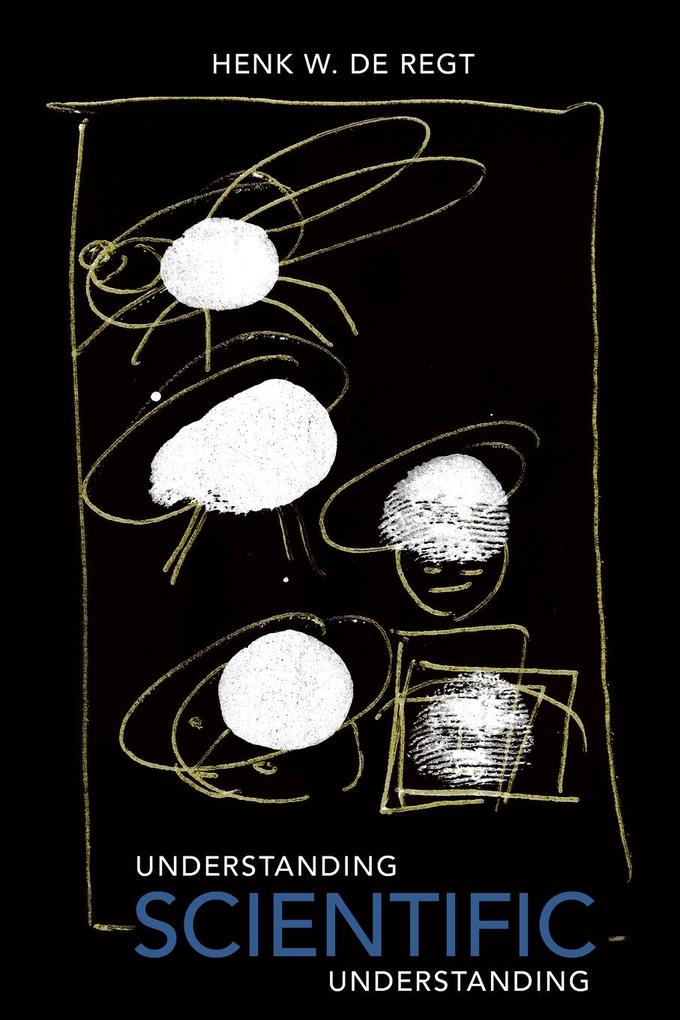Understanding is a central aim of science and highly important in present-day society. But what precisely is scientific understanding and how can it be achieved? This book answers these questions, through philosophical analysis and historical case studies, and presents a philosophical theory of scientific understanding that highlights its contextual nature.
Inhaltsverzeichnis
- Preface
- Acknowledgement
- Chapter 1. Introduction: The desire to understand
- Chapter 2. Understanding and the aims of science
- 2.1. The neglect of understanding
- 2.2. Understanding as an epistemic skill
- 2.3. Intelligibility, values, and objectivity
- 2.4. Understanding: a means and an end
- Chapter 3. Explanatory understanding: A plurality of models
- 3.1. From covering law explanation to unificatory understanding
- 3.2. Causal conceptions of explanatory understanding
- 3.3. Is causal and unificatory understanding complementary?
- 3.4. Unifying the plurality of modes of explanation
- Chapter 4. A contextual theory of scientific understanding
- 4.1. Understanding phenomena with intelligible theories
- 4.2. Criteria for intelligibility
- 4.3. Conceptual tools for understanding
- 4.4. The context-dependence of understanding
- 4.4.1. Contextuality and historical dynamics
- 4.4.2. Contextuality and the intuitions of philosophers
- 4.4.3. Contextuality and pragmatics
- 4.5. Reduction, realism and understanding
- 4.5.1. Understanding and realism
- 4.5.2. Understanding and reduction
- 4.6. Contextualism: risky relativism?
- Chapter 5. Metaphysics and intelligibility: Understanding gravitation
- 5.1. The (un)intelligibility of Newton's theory of universal gravitation
- 5.2. The seventeenth-century debate on gravitation
- 5.2.1. Isaac Newton: reluctant revolutionary
- 5.2.2. Christiaan Huygens: the conscience of corpuscularism
- 5.3. Actio in distans and intelligibility after Newton
- 5.4. Metaphysics as a resource for scientific understanding
- Chapter 6. Models and mechanisms: Physical understanding in the nineteenth century
- 6.1. Mechanical modeling in nineteenth-century physics
- 6.1.1. William Thomson: master modeler
- 6.1.2. James Clerk Maxwell: advocate of analogies
- 6.1.3. Ludwig Boltzmann: promoter of pictures
- 6.2. Molecular models for understanding gas phenomena
- 6.3. Boltzmann' Bildtheorie: a pragmatic view of understanding
- 6.4. The uses and limitations of mechanical models
- Chapter 7. Visualizability and intelligibility: Insight into the quantum world
- 7.1. Visualizability and intelligibility in classical physics
- 7.2. Quantum theory and the waning of Anschaulichkeit
- 7.3. The new quantum mechanics: a struggle for intelligibility
- 7.4. Electron spin: the power of visualization
- 7.5. Visualization in post-war quantum physics
- 7.6. Visualization as a tool for understanding
- Chapter 8. Conclusion: the many faces of understanding
- Bibliography
- Index
